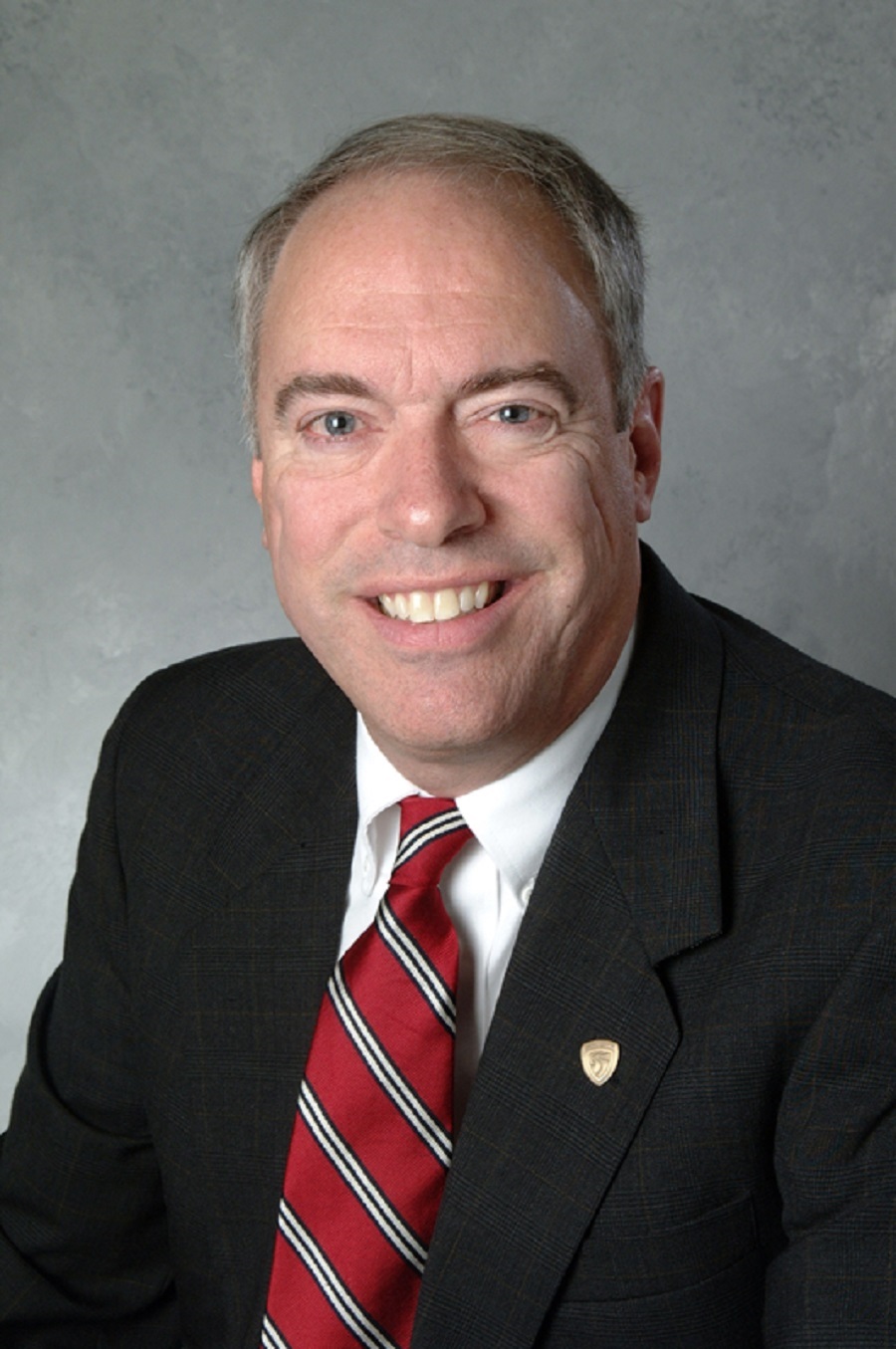Author: Lorella Angelini, Angelini Consulting Services, LLC
At the recent TSP2 Midwest Bridge Preservation Partnership (MWBPP) meeting that took place in Minneapolis, the Working Groups met to discuss the status of their activity and outline future developments. I asked the leaders of the Working Group meetings in Minneapolis if they could write a summary for the Blog.
Preservation Matrix: Dave Juntunen, Michigan DOT
The working group concurred that the preservation matrix is still desired and the working group should be continued. New members volunteer.
The current deliverable of the working group is an Excel spreadsheet showing what preservation activities the partner states do by contract and state maintenance forces. Unfortunately few people ever see the matrix or even know of its existence. The group would like to update the matrix and make it available to the bridge preservation community by placing it on the on the TSP2 MWBPP website. The matrix should be updated to include links to training and state specifications. Analysis of the matrix can be done to show trends in preservation and a blog written to introduce the website and provide outreach to partner states and local agencies.
Systematic Preventive Maintenance (SPM): Scott Stotlemeyer (chair), Missouri DOT
25 attendees met to discuss the current and future scope and deliverables of the MWBPP’s Systematic Preventive Maintenance (SPM) working group. The working group serves to collect information regarding member states’ status in having an FHWA-approved SPM program. The working group delivers a synthesis of member states’ participation in a program and any SPM-related information (e.g., contacts, agreements, guidelines, etc.) they are willing to provide on a triennial basis. The last of which was released in November 2016 and is available through a link on the “MWBPP Working Group” page of the TSP2 Bridge Preservation website.
Those in attendance agreed the working group’s scope and deliverable were still relevant, as some member states were still working on developing or improving their SPM program and the information provided was of benefit to them. In addition, attendees expressed their interest in a list of potentially eligible SPM activities – possibly ones preapproved by FHWA for inclusion in an SPM program.
Additional discussion within the group involved guidelines, processes, and equipment used to perform SPM activities with in-house forces and specifications for performing SPM activities through contract under an SPM program.
Deterioration Modeling: Fouad Jaber (chair), Nebraska DOR
12 people attend the working session. The discussion went in the direction of continuing this effort. Fouad will contact member states to find out their practices and needs for deterioration models. We may create a pooled fund to address MWBPP State needs and bridge the gap between BrM and states practice. A survey will help focus the effort to what is needed. The National efforts (BRM and LTBP) as well as individual state tools will be considered. Hooman (Rutgers) from the LTBP will help with access to the LTBP Portal. The survey will also identify the appropriate person in each state that we should coordinate with. We may use pooled fund to reduce the data. There will be a conference call in near future with Working Group to set up the survey
LINKAGE:
https://tsp2bridge.pavementpreservation.org/midwest-mwbpp/action-committees/




 Author: Lorella Angelini, Angelini Consulting Services, LLC
Author: Lorella Angelini, Angelini Consulting Services, LLC